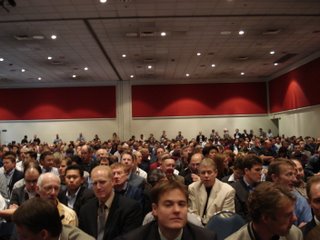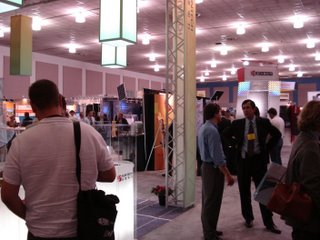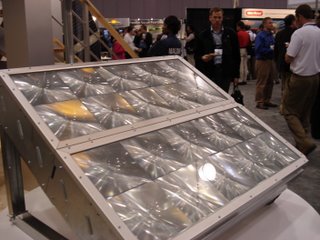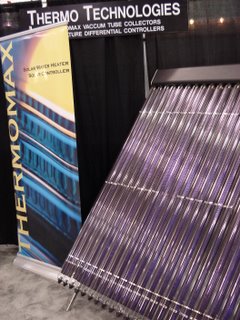The Dawn of a New Edison
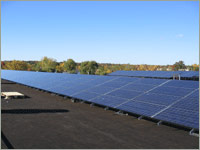
Google’s big announcement last week that they were installing 1.6 megawatts of solar modules on their California headquarters is the most recent addition to an ever-growing list of corporations making the investment in solar energy. Staples, Whole Foods, and General Motors are some of the players that have already gone solar.
This is a great development for the solar industry, and it’s beneficial enough for the companies involved that they’d be stupid not to do it. Take Google for example. Aside from the great publicity this will give them, they’ll receive financial incentives from California’s solar program, and they’ll qualify for a 30% federal tax credit. The system will pay for itself in energy savings in less than 8 years, and will be productive for over 25 years, saving them millions of dollars on their electricity bill.
Obviously, solar on this grand of a scale is much more lucrative than the 5 kilo-watt system on the roof of your neighbor’s house. Certain third party financers are realizing this, and making a living off of these large companies by doing the financing for them.
The most successful and well known to date is Sun Edison. They’re using a financing model called Power Purchase Agreements (PPA). The New York Times just featured these PPA’s on the front page of the Business Section last weekend
Here’s how it works: Sun Edison installs, owns, and maintains the solar system on the roof of Company A. Instead of Company A paying the power utility $0.15/kilo-watt hour, Company A signs a 25 year PPA with Sun Edison to pay $0.14/kWh, that way their electricity is cheaper, cleaner, and they’re not responsible for the solar panels. Sun Edison takes care of all that.
(I just pulled those prices out of thin air, by the way. The actual PPA’s vary from contract to contract and region to region.)
The model works for Sun Edison because now instead of Company A getting the rebate incentives and tax credits, they get them. And instead of Company A making up the system costs in 8 years, Sun Edison recoups their initial investment, and laughs all the way to the bank for the next 25 years. And Sun Edison does this enough times for enough different clients that they make a fortune.
Not bad.
And the customers love the trouble it saves them. A big corporation might know that solar can save them a lot of money, but they don’t feel like going through the hassle. They don’t want to have to put the capital costs up front, and they don’t want to have to maintain a gigantic power plant on their roof that they know nothing about. Companies like Staples and Whole Foods have more important things to worry about.
Solar systems like these cost a lot of money, and to make it work Sun Edison is always luring in third party investors. If you’re skeptical of the financial viability of all, consider that their investor portfolio includes over $20 million from Goldman Sachs.
Don't Take My Word For It
Click these links for the Sun Edison web site, the New York Times article, and here is the Press Release for the Staples Project in California

